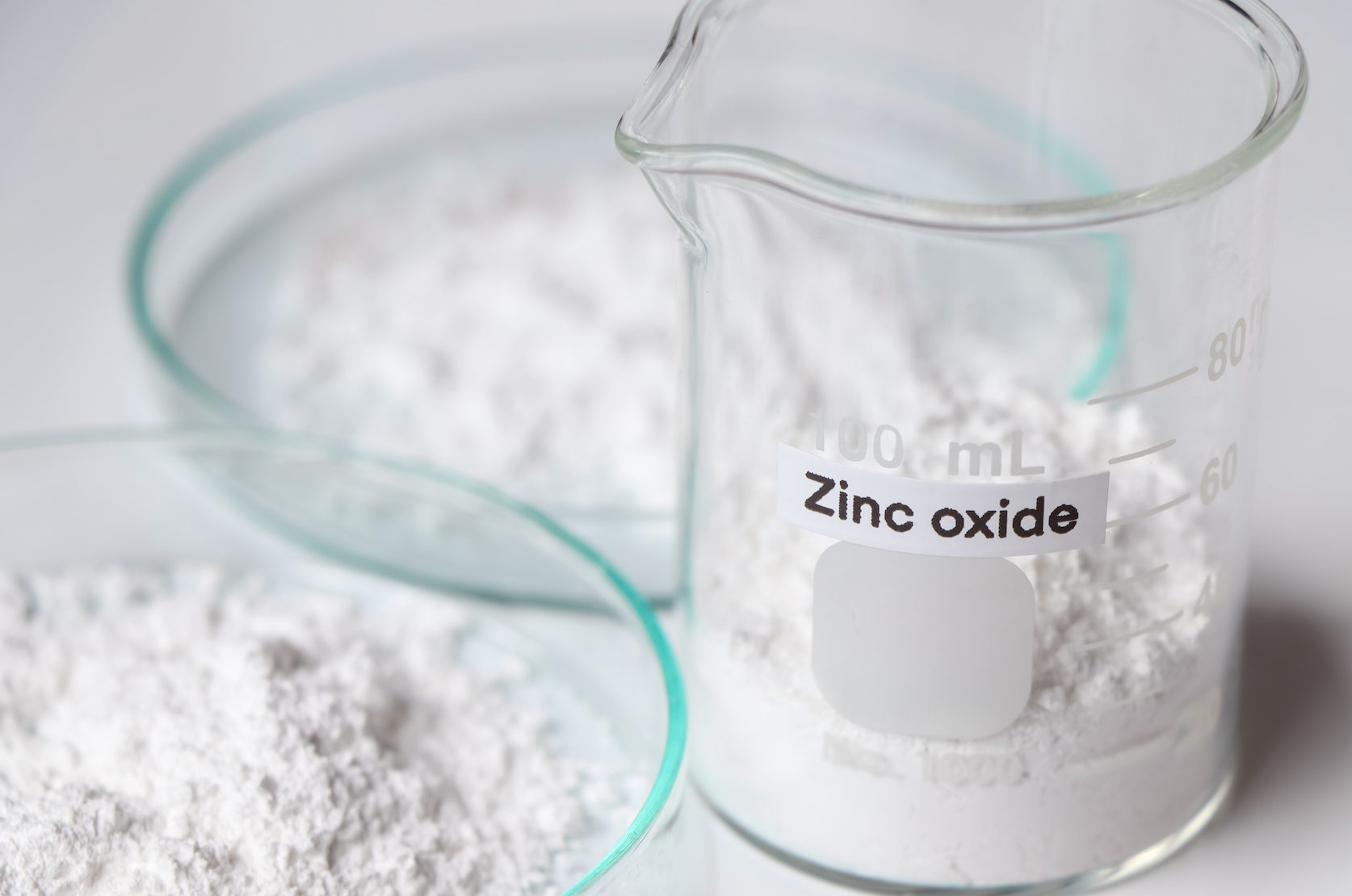When it comes to sunscreen, there's a lot of information to sift through. How much SPF do you need? What about UVA and UVB protection? But today, we're diving into a specific ingredient: zinc oxide. Is higher zinc oxide better? What is the best zinc oxide percentage in sunscreen? And how does zinc oxide work in sunscreen? We’re answering all of these burning questions for you today, so let’s get started.
Is Higher Zinc Oxide Better in Sunscreen?
In short, yes, but only to a certain extent. Zinc oxide is a key active ingredient in sunscreen that provides broad-spectrum protection against both UVA and UVB rays. The higher the percentage of zinc oxide in your sunscreen, the better it can shield your skin from harmful sun exposure. However, at a certain point, too much zinc oxide will cause sunscreen to be gritty and not apply well.
Is There Zinc Oxide In Chemical Sunscreen?
No, zinc oxide is not found in chemical sunscreens. Chemical sunscreens rely on a different set of active ingredients, such as avobenzone, octisalate, and octocrylene, which work by absorbing and chemically transforming UV radiation.
In contrast, zinc oxide is a physical sunscreen ingredient that forms a protective barrier on the skin's surface to reflect and scatter UV rays. So, if you're looking for zinc oxide in your sunscreen, opt for mineral or physical sunscreens, rather than chemical ones.
Learn More: Physical vs Chemical Sunscreen: Which One Is Right for Me?
What’s The Best Zinc Oxide Percentage In Sunscreen?
The recommended zinc oxide percentage in sunscreen typically falls within the range of 10% to 20%. This concentration offers effective sun protection without leaving a thick, white residue on your skin. However, individual preferences may vary, so choose a percentage that suits your needs and skin type. The maximum allowed zinc oxide percentage allowed in the US for sunscreen is 25%.
What Is Zinc Oxide & How Does Zinc Oxide Work In Sunscreen?
Zinc oxide is a white, powdery compound that plays a crucial role in various applications, including skincare and sunscreens. It's a mineral-based ingredient that, when used in sunscreens, acts as a physical barrier when applied to the skin. There’s also a difference between nano zinc and non-nano zinc that you might want to read up on.
Contrary to popular belief, when UV rays from the sun strike this barrier, the zinc oxide particles both absorb and scatter the radiation, preventing it from penetrating the deeper layers of your skin. This mechanism effectively blocks both UVA and UVB rays, making zinc oxide a reliable choice for sun protection.
What’s The Best Zinc Oxide Facial Sunscreen?
Now that you're armed with knowledge about zinc oxide in sunscreen, it's time to put it into practice. For gentle yet effective daily sun protection for your face, consider trying our Mineral Facial Sunscreen. With a balanced percentage of zinc oxide and a formula crafted with your skin's well-being in mind, it's the ideal choice to keep your face shielded from the sun's rays.
Remember, protecting your skin from the sun's harmful rays is a crucial part of your skincare routine. So, grab your sunscreen, head outdoors, and enjoy the sun responsibly!





















Leave a comment